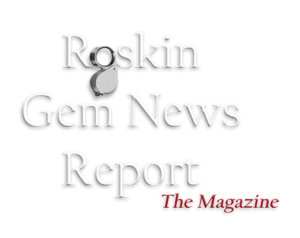“One’s person’s trash is another person’s treasure” – Sea Glass. Treasure on the beach.
It’s one of nature’s most charming recycling projects: trash turned into treasure–litter-ally [oh yes, we went there].
Yes, “sea glass” begins life as just someone’s discarded glass trash; glass bottles, that used to contain beer, Seven-Up, Noxzema cleansing cream, etc… that has been churned up by wave action, roughly polished by sand over decades, and then tossed ashore. And before you ask, yes, there’s a difference between this and simply tumbling old beer bottles in your workshop tumbler. It’s all about the “Natural” process of taking what was once a man-made useful product, was no longer useful, thrown away as trash into oceans or ocean inlets, and then being recycled by nature to become something else.
The key is the natural journey: “authentic sea glass” has spent years being weathered in seawater and sand. You simply can’t replicate that in a workshop tumbler.
For expert guidance, pick up Pure Sea Glass by Richard LaMotte.

Here are two fun audio reports from NPR:
National Public Radio reminded us that it is summertime, and what better activity for gem lovers then to comb the beaches looking for “gems.” … Shells, rocks, driftwood, and of course, sea glass.
Back in 2009, NPR ran a charming audio feature titled “Sea Glass: A Disappearing Treasure,” recorded in Newport, Rhode Island. Reporter Nancy Cohen profiles local forager Sue Gray Fitzpatrick, who spends up to a day each week hunting for colored glass along Aquidneck Island’s shores. But despite the romantic image of picking up “gems” at the beach, authentic sea glass is becoming harder to find. The shift to single-use plastics has reduced glass in the waste stream–and thus fewer pieces for the ocean to churn into beach finds.
Sea Glass A Disappearing Treasure, by Nancy Cohen (2009)
July 28, 2025
NPR goes on a coast-to-coast hunt for treasure hiding in plain sight. Learn about sea glass and where to find it.
Learn how to find sea glass on your next trip to the beach, by Chad Campbell (2025)
Tap here to hear more from National Public Radio!













